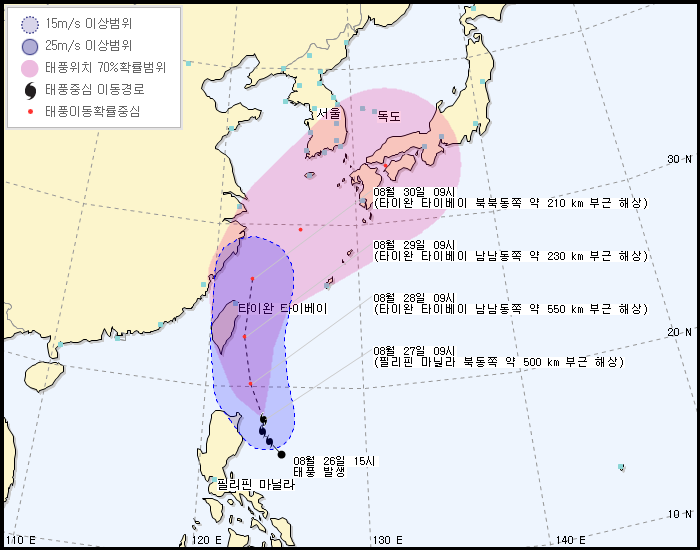| 홍콩야조회에서 올해 저어새 동시센서스 결과를 집계하여 공지했습니다. 2013년에 비해 1개체가 많은, 결국 전년도와 거의 동일한 2,726개체로 확인되었습니다. 대만: 1,659 (2013년 1,624, + 2.2%) 중국: 339 (2013년 363, -6.6%) 홍콩: 252 (2013년 351, -28.2%) 일본: 350 (2013년 277, +26.4%) 마카오: 60 (2013년 48, +25%) 베트남: 40 (2013년 39, +2.6%) 한국: 26 (2013년 23, +13%) 역시 대만이 가장 큰 월동지로 확인되었으며, 홍콩을 비롯한 중국 남부에서 큰 감소가 있었고, 마카오와 베트남이 월동지로 자리잡는 듯 합니다. 일본에서의 서식지 복원이 개체수 증가에 도움이 되는 것 같다고 합니다. 참여해주신 모든 분께 감사의 뜻을 전달한다고 하며, 4월 정도에 보고서가 나올 것 같다고 하네요. 아래는 원문입니다. Dear all, I would like to inform you the result of the 2014 International Black-faced Spoonbill Census. We recorded a total of 2,726 individuals, having an increase of 0.04% (just 1 individual) relative to the previous year (2,725 individuals). It is a new high figure for the species, though the small increase makes us worry. Please find the attached document for more details, hope it could help you to get media attention for the March 3 World Wildlife Day. Tainan area is still the largest wintering site of Black-faced Spoonbill with a number of 1,621 individuals (59% of the global figure) and the whole Taiwan contributed to around 61% (1,659 individuals) of the total wintering population. Both figures in Taiwan, Japan and Macao increased while Deep Bay & mainland China decreased. Numbers of Black-faced Spoonbills recorded in different areas are as follows: Taiwan: 1,659 (1,624 in 2013, + 2.2%) Mainland China (inc. Hainan): 339 (363 in 2013, -6.6%) Deep Bay (Hong Kong and Shenzhen): 252 (351 in 2013, -28.2%) Japan: 350 (277 in 2013, +26.4%) Macao: 60 (48 in 2013, +25%) Vietnam: 40 (39 in 2013, +2.6%) South Korea: 26 (23 in 2013, +13%) The Philippines: 0 [3 outside census period] (none recorded during in 2013 census) Cambodia: 0 (none recorded during in 2013 census) Thailand: 0 (none recorded during 2013 census) Several highlights as below: 1. Although it is a new high, slight changes in this 3 years make us alert, esp increase in Japan & decrease in South China coast generally may indicate problem in the region, e.g. great drop in Deep Bay and Fujian. Reason in Deep Bay is still unknown, while drop at Fujian maybe caused by industrial development. 2. Preperation of roosting sites caused increase a wintering BFS population in Tatara River, Fukuoka city, which may be good example for habitat restoration of urbanized habitat. 3. Recent research in Japan revealed that BFS use inland wetland (agricultural pond) frequently, and it occur in night time. 4. Despite the small size of habitat, number of BFS in Macao increased in recent years. I would like to thank all the surveyors to participate the census in this year. This census could not be that successful if volunteer surveyors did not offer helps. I also thank all the countries or site coordinators to help coordination of the census in their sites/areas. The report for the 2014 census will be prepared in the following months. You will be informed when it is done and ready for downloading. Best regards, Yat-tung Yu The Hong Kong Bird Watching Society |






